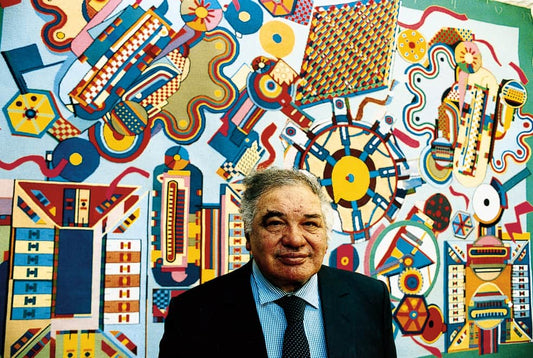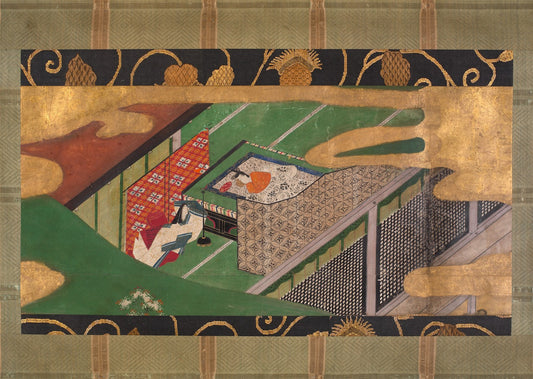Feature image: Kathryn Knudsen via Instagram
Three Small Fiber Artists to Follow
Fiber arts have a long and varied history. The oldest textiles date back to 10,100 BCE when their use was predominantly functional. As wealth and leisure time increased with the advent of agricultural development, fiber arts began to play a decorative and artistic role. In many cultures, fiber art was largely relegated to the sphere of women. In many Western societies, textile work was not viewed as a fine art or serious endeavor but as a way for women to display their skill and status. The second-wave feminism of the 1970s saw women beginning to reclaim fiber works, changing their title from craft to fine art. Today, textile works are finally being taken seriously and receiving the credit they deserve. Though there are so many incredible fiber artists in the art world, here are three lesser-known artists whose explosive use of color and texture in their works will make you feel like you’ve stepped onto another planet.
Kathryn Knudsen
Kathryn Knudsen often uses found scraps of fabric to create her fiber works. They weave classic fiber art mediums like embroidery floss or felt together with T-shirt scraps, bra straps, and/or matchless socks. The wide range of textile mediums Knudsen employs means her works are full of different textures and unique shapes. One's mind naturally strives to find familiar shapes or patterns in Knudsen’s works; this practice reveals landscapes of imaginary worlds and little otherworldly creatures. They often feel as though you have stepped into a new sphere that rejects their perceptions of our own world. For example, these worlds may have pink skies, dotted clouds, and rounded bluegrass. These dream-like works are a delight to explore, especially after realizing that they are full of everyday textile objects. On Knudsen’s website, she shares that she is “especially interested in the use of art to examine and bring notice to humans impact on the environment.”
Rachel Barnes
Rachel Barnes crafts imaginative and colorful pieces of art. Abstract shapes shift and churn across her fiber, like the movement of weather patterns, and often feature thick tufts or waves of yarn that cascade down the pieces. Barnes’s works are both visually compelling and exploratory of complex ideas. Barnes shared, “I am intrigued by expressing complex and entertaining ideas through color and texture, and that has led me to create collections addressing symbols in dreams, theorizing what other more colorful worlds would look like, and language gaps in English that are not missing in other languages.” Her works invite the viewer to lean in and explore not only their own minds but the world around them through a new lens. “I believe that communities will benefit from being exposed to more fiber art. My goal as an artist is to bring color and texture into the fabric of everyday life to encourage creativity, bridge gaps, and bring people together through the messiness of it all."
Tori Christensen
Tori Christensen hopes to bridge the gap between the blind community and art by creating fiber works that are meant to be touched and explored. She shared, “I am a tactile fiber artist who makes dynamic, touchable art that is accessible to individuals who are blind. This is in honor of my brother, who lost his sight at a young age due to brain cancer. I sew, tuft, punch needle, latch hook, embroider, crochet, and more to create these pieces.” In 2022, Christensen put together an entire tactile exhibit where she invited visitors to wear goggles that simulated her brother's current vision. She used these goggles when planning her works for this show, titled “New Sight Through Touch.” Christensen’s works are deeply personal and are a way that she has been able to reconnect and share with her brother. The works themselves are packed with different textures and layers and hang like a large map to a new world ready to be explored.
Fiber arts are on the rise. Their versatility and tactile nature create an intriguing and texture-filled world that invites the minds of the viewer to see things through a new lens. The narrow parameters by which (mostly white) men have bestowed the title of “artistic genius” have been and continue to be called into question. As these outdated parameters are challenged, the creative genius unheralded in other art mediums can take center stage. Fiber works are a unique and lively way to invite explosive worlds of color and textures into our lives.





